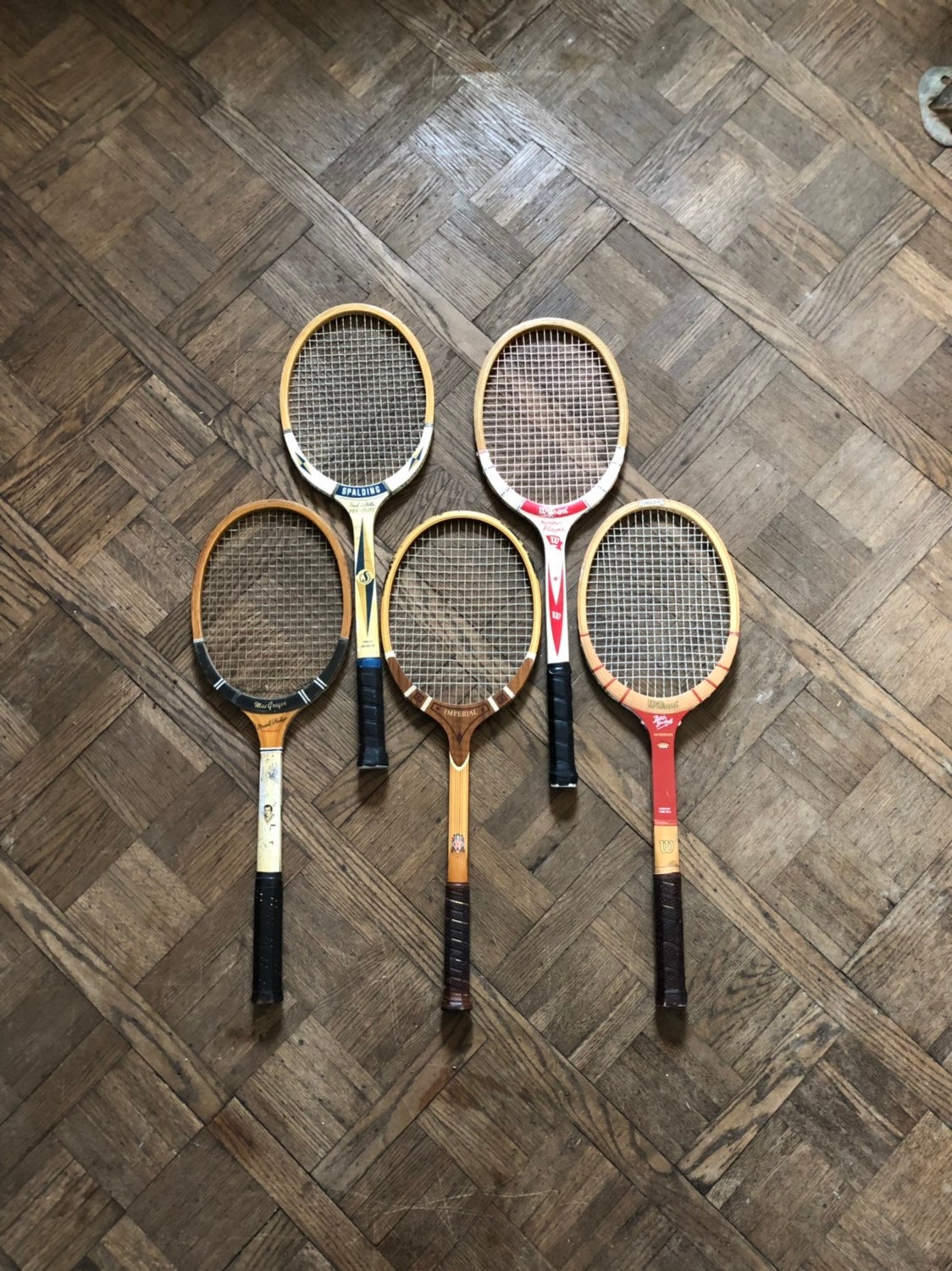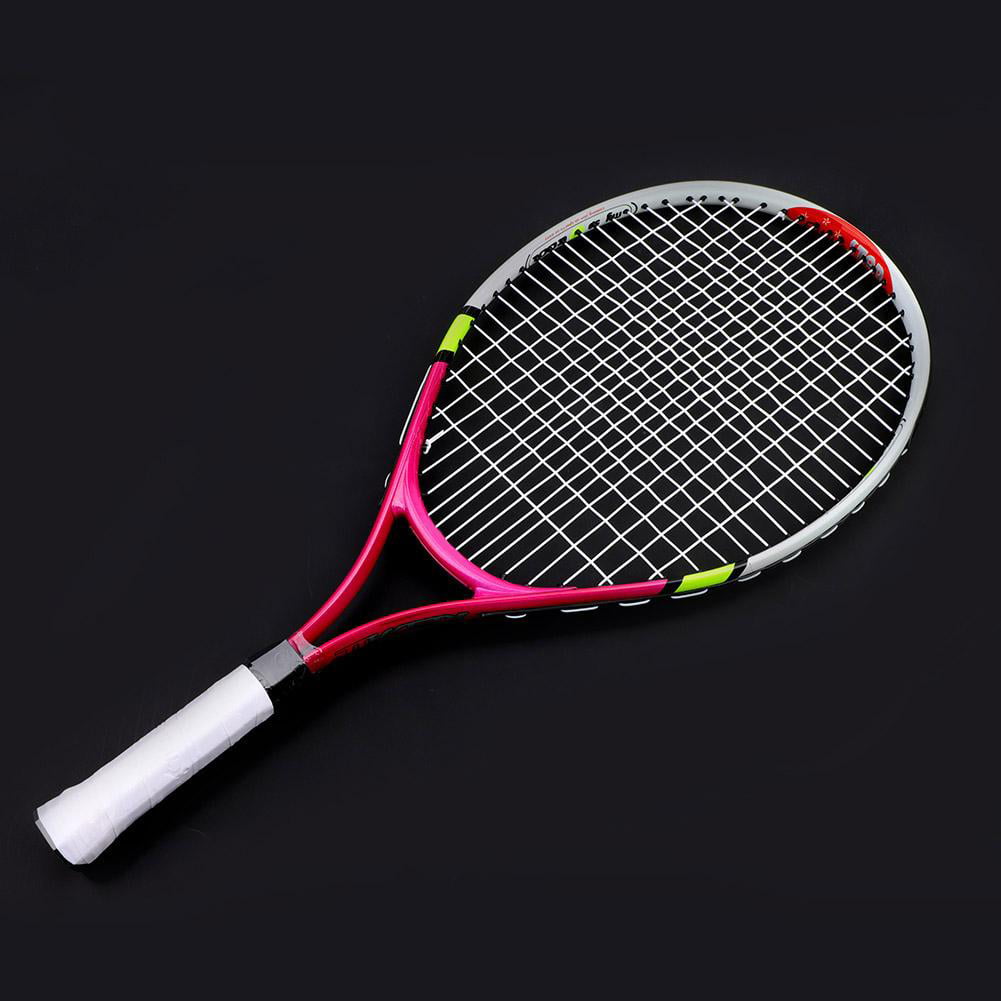

There are three different balance points. Balance:Ĭonsidering the weight of the racket is as outstanding as considering the balance of it. These rackets weigh between 166 and 184 grams. It is a compromise between power and maneuverability. This is because these rackets will help hold your game with shots that are controlled, heavy and quick. Light rackets usually weigh between 150 and 165 grams. These rackets are also recommended for those with shoulder and arm pains. Light Rackets– Light rackets are mainly for experienced players who generate their own power therefore they can maximize their maneuverability with a light racket. Heavy rackets usually weigh about 185 grams or more. This is very important for newbie’s who haven’t yet mastered the game. Heavier rackets means having more power and precision. Heavy rackets– Heavy rackets are usually for new players in the game. You can as well call it a buying guide for rackets. There are some specific features to look out for when getting a racket. Thus, it is highly essential you search for various options of rackets that are available so as not to get the bad ones. This proves that the racket is a significant part of your game. To do this requires the right balance and the right weight to get the proper shots. I say this because you are going to be operating with your hand. At 10 points, both sports use what is known as point-a-rally or American scoring, which means that the winner must claim a serve and win on a subsequent serve, essentially winning by two points.Rackets are crucial to your sporting gear. Both racketball and squash matches are played to 11. In terms of scoring, racketball is closer to squash than it is racquetball.
Racquetball racket professional#
The racketball ball can even hit the ceiling, which is a foul in squash, and can it below the tin line if present.īoth professional squash and racketball tend to be played in sets of up to five matches, but a three-match limit is allowed in squash and depends on the organizer. The squash server must hit the ball initially into one of two service areas, but the racketball can hit any part of the front wall. A racketball server must bounce the ball once before serving it whereas with squash there is no bounce. There are also different types of balls that range in size, bounce, hang time and so forth, and each governing body dictates a specific ball type that is approved for professional a competition.

A squash ball, on the other hand, is smaller and harder and barely bounces at room temperature and must be primed prior to play. The bounce is the same whether at room temperature or heated up during play. In addition, racketball balls do not need to be warmed. The racketball ball is much larger and more comparable to a tennis ball. It may come as a surprise that the difference between the squash ball and the racketball ball is among the biggest distinctions between the games. There are also differences in the strings, and each governing body has rules that dictate these racket characteristics. The racketball racket is limited to about 559 millimeters. Squash rackets can be as long as 686 millimeters, which can make them seem more similar to a tennis racket. Compared to a squash racket, a racketball racket has a shorter handle, but the head can be longer and wider. The racket is a constant among all racket sports, but the size and shape can differ considerably. Racketball provides a bit more freedom in that regard. If a squash player hits the tin during a serve or return, the ball is considered to be out. The tin is a line, but you can think of it as a net. An example of this is the tin, which is specific to squash. Fixed venues are often shared between the two sports with unnecessary court markings behind ignored as required. Racquetball (American) can be played on an outdoor or indoor court whereas both squash and racketball are specific to indoor courts with four walls. Although similar, racketball and squash are indeed different games. Many people are unsure if racketball and squash are the same game, and matters are complicated due to the term racquetball (American Racquetball), which is a similar sport more popular in the U.S. The terms, however, often confuse people. Squash and racketball are among the fastest growing sports in the United Kingdom and are both played professionally.


 0 kommentar(er)
0 kommentar(er)
